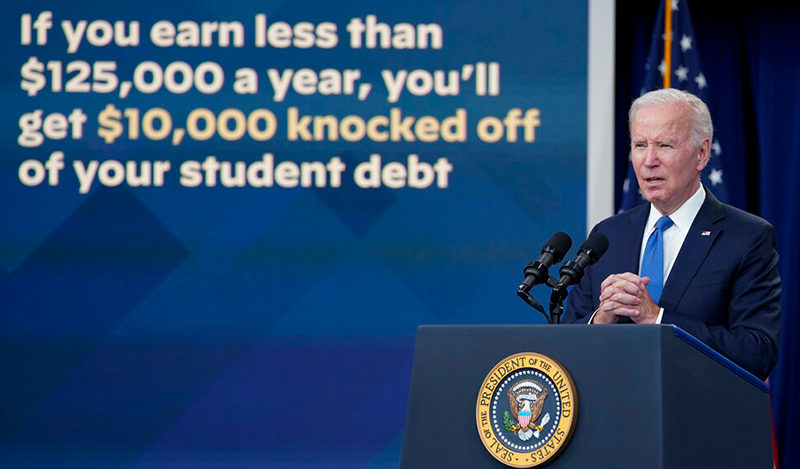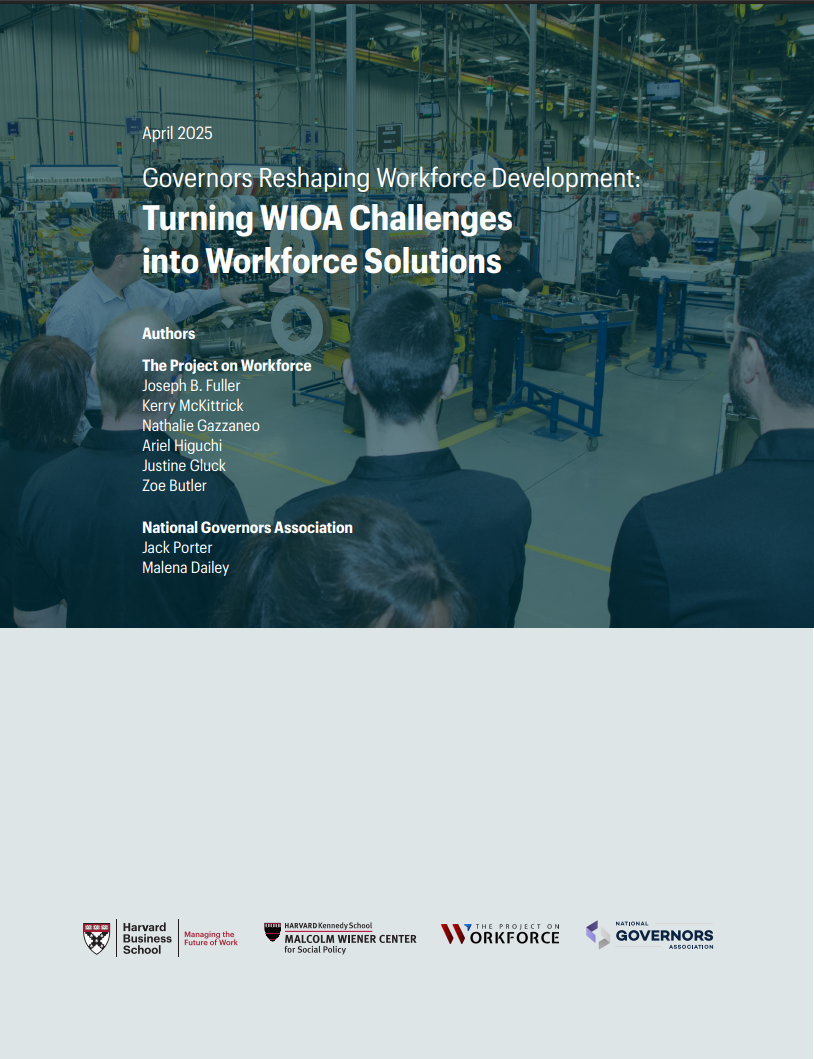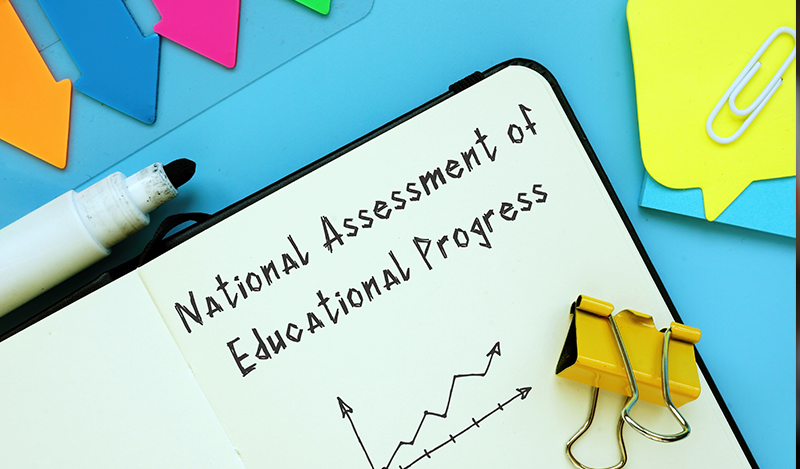
May 22, 2025
Course Correction: Rebuilding The Federal Student Loan System After Biden’s Mismanagement
Key Points Introduction Thirty-five million federal student loan borrowers went back into repayment in October 2024 after the government had suspended their student loan payments, in effect, for four and a half years. Already, delinquencies have shot up, and a wave of loan defaults looms. Borrowers will feel the pain—but so will the federal budget…

May 14, 2025
Graduation in the Time of COVID: The Weakened Relationship with Chronic Absenteeism
Key Points Read the full PDF. Read a brief with the research highlights. Executive Summary The COVID-19 pandemic and schools’ responses to it resulted in learning loss that reversed two decades of progress on student achievement and drove chronic absenteeism to unprecedented heights. Yet graduation rates did not fall over the same period— instead, they…

May 7, 2025
Displacement by Design: How Bad Policy Made Housing Scarce, and How We Can Fix It
Musical chairs is one of the first games we play as children. The rules are simple: there are fewer chairs than players. When the music stops, someone ends up standing. Not necessarily because they weren’t fast enough—but because the game was designed for someone to lose. Now imagine blaming the child for losing. We question…

April 29, 2025
Good Jobs, Strong Families: How the Character of Men’s Work Is Linked to Their Family Status
Introduction Over the last half century, the U.S. economy has shifted, moving away from manufacturing and towards being an information and service economy. The mid-1980s, for instance, were punctuated by news of the closures of major steel manufacturers, including Homestead Works, Aliquippa Works, and Duquesne Works in Pittsburgh, PA, and Republic Works in Youngstown, OH….

April 28, 2025
You Autor Know
Along with many other controversial issues in 2025, Americans are at odds over the merits of tariffs. Underlying this debate is a more specific one—the impact of increased trade with China over the past 25 years on American manufacturing employment. Advocates of tariffs hope they will bring back blue-collar jobs, to which they ascribe special…

April 9, 2025
Governors Reshaping Workforce Development: Turning WIOA Challenges into Workforce Solutions
The Project on Workforce and National Governors Association release a new report on how Governors are leveraging WIOA and other policies to design, fund, and implement workforce development strategies in an evolving economic landscape. Governors-Reshaping-Workforce-DevelopmentDownload

March 24, 2025
Tax Abatements: The Best-Kept Secret to Revitalizing Struggling Communities—Without Spending Taxpayer Money
A well-designed property tax abatement program can dramatically shift project economics by temporarily reducing tax burdens, making new housing development financially viable—without requiring government subsidies. Philadelphia’s 10-year tax abatement is a powerful example: a simple policy that helped reverse decades of decline by unlocking private investment and spurring the construction of tens of thousands of…

March 13, 2025
Trends in Net College Tuition and Financial Aid, 1990–2020
Key Points Introduction College costs are out of control—or so the narrative goes. In recent years, a counternarrative has emerged that argues, correctly, that the meteoric rise in the sticker price of college is misleading. Net college tuition, or tuition after financial aid is applied, has risen far less quickly than sticker price tuition and…

March 10, 2025
Many Children Left Behind: The 2024 National Assessment of Educational Progress Results Indicate a Five-Alarm Fire
Key Points Introduction By now, the awful results from the 2024 National Assessment of Educational Progress (NAEP)1 have been publicized, chewed over, and digested—and they are already moving into the rearview mirror as states, school districts, and teachers fall back into the comfortable routine of doing the same thing over and over again. But continuing that…

February 24, 2025
A Conservative Vision for Higher Education Reform
Key Points Introduction The year 2019 marked a dramatic turning point in the national discourse on higher education policy. On April 22, 2019, Senator Elizabeth Warren, vying for the Democratic nomination for president, announced that as president she’d cancel up to $50,000 of student debt for 42 million Americans.1 She started a chain reaction, with each…